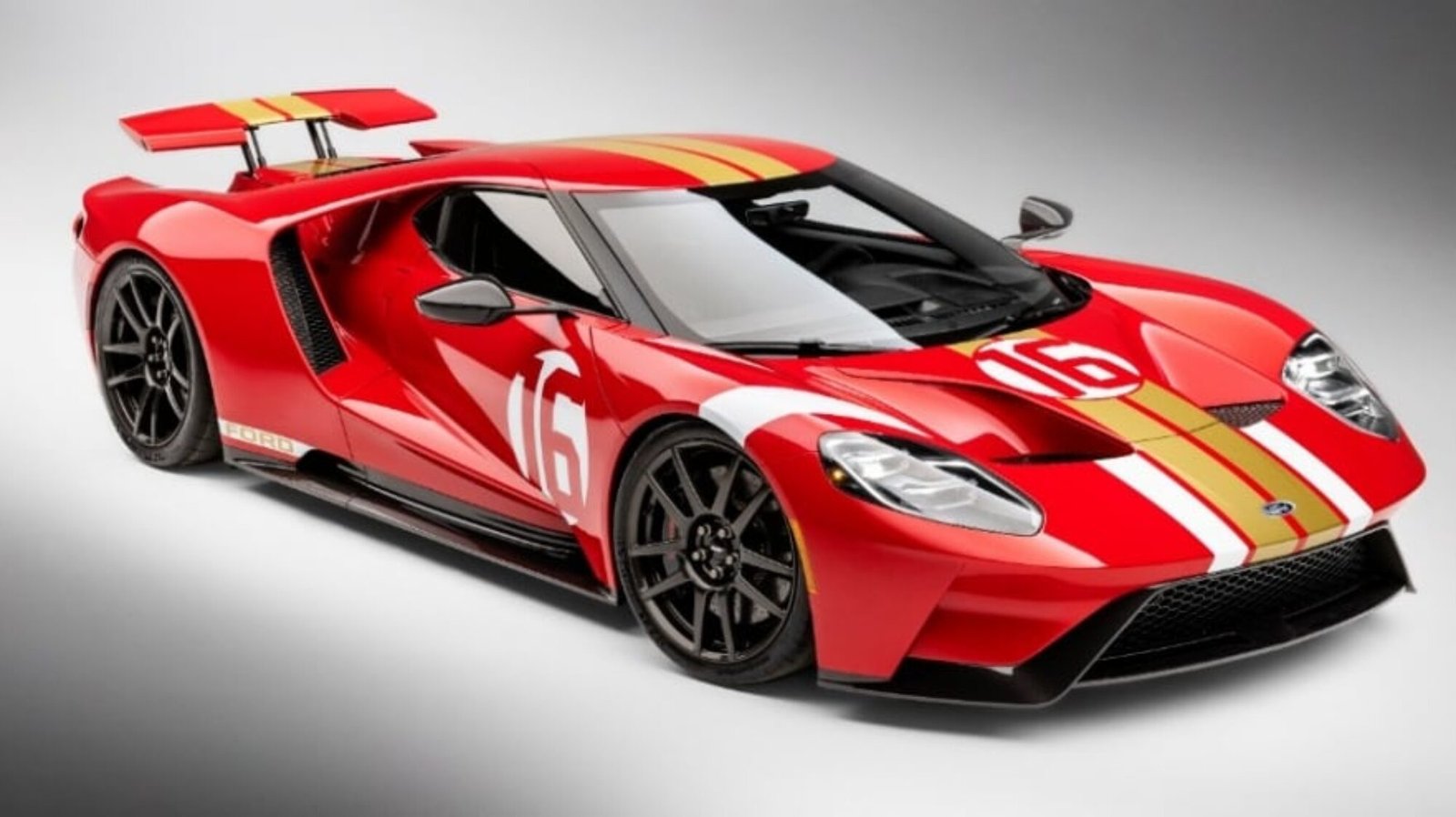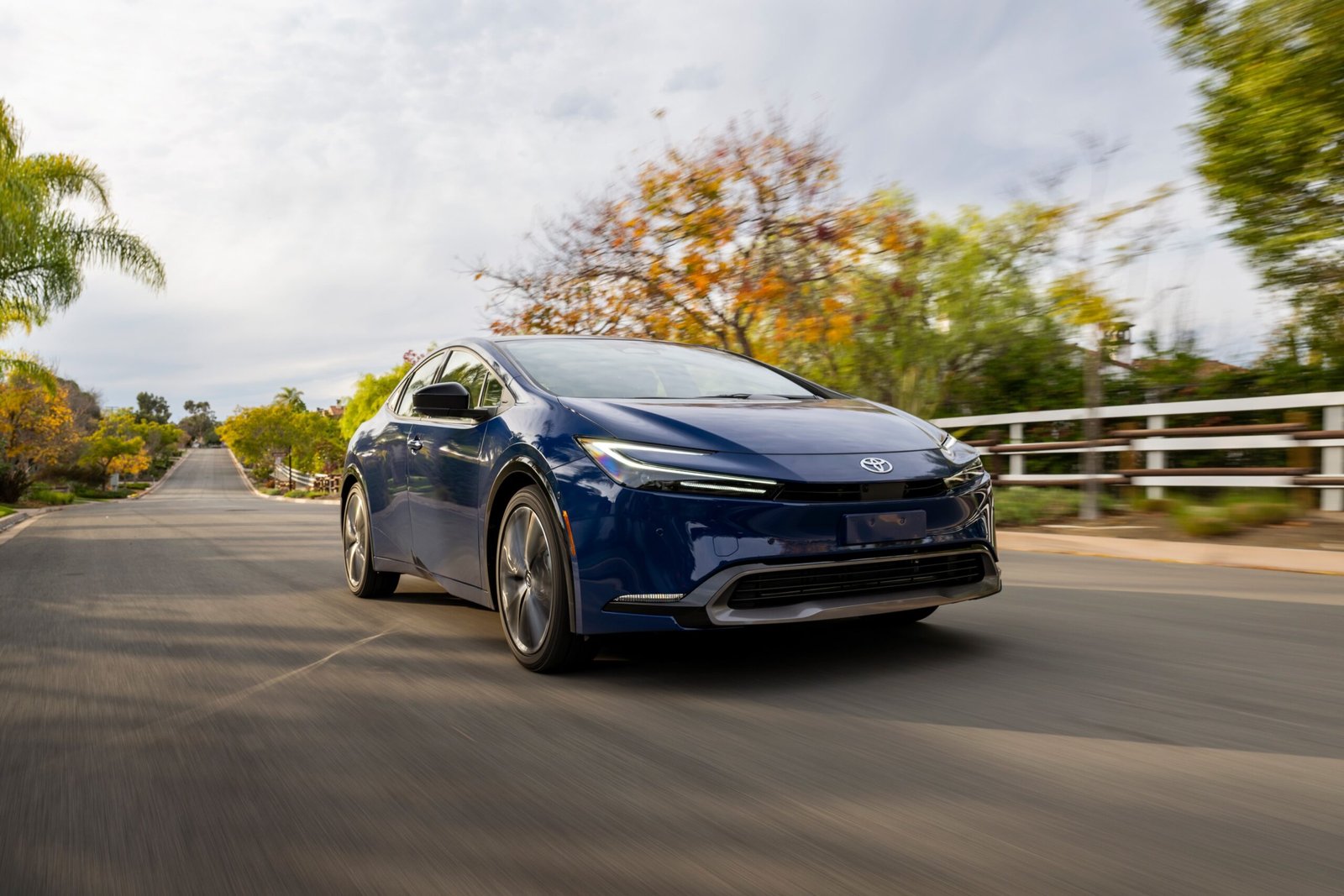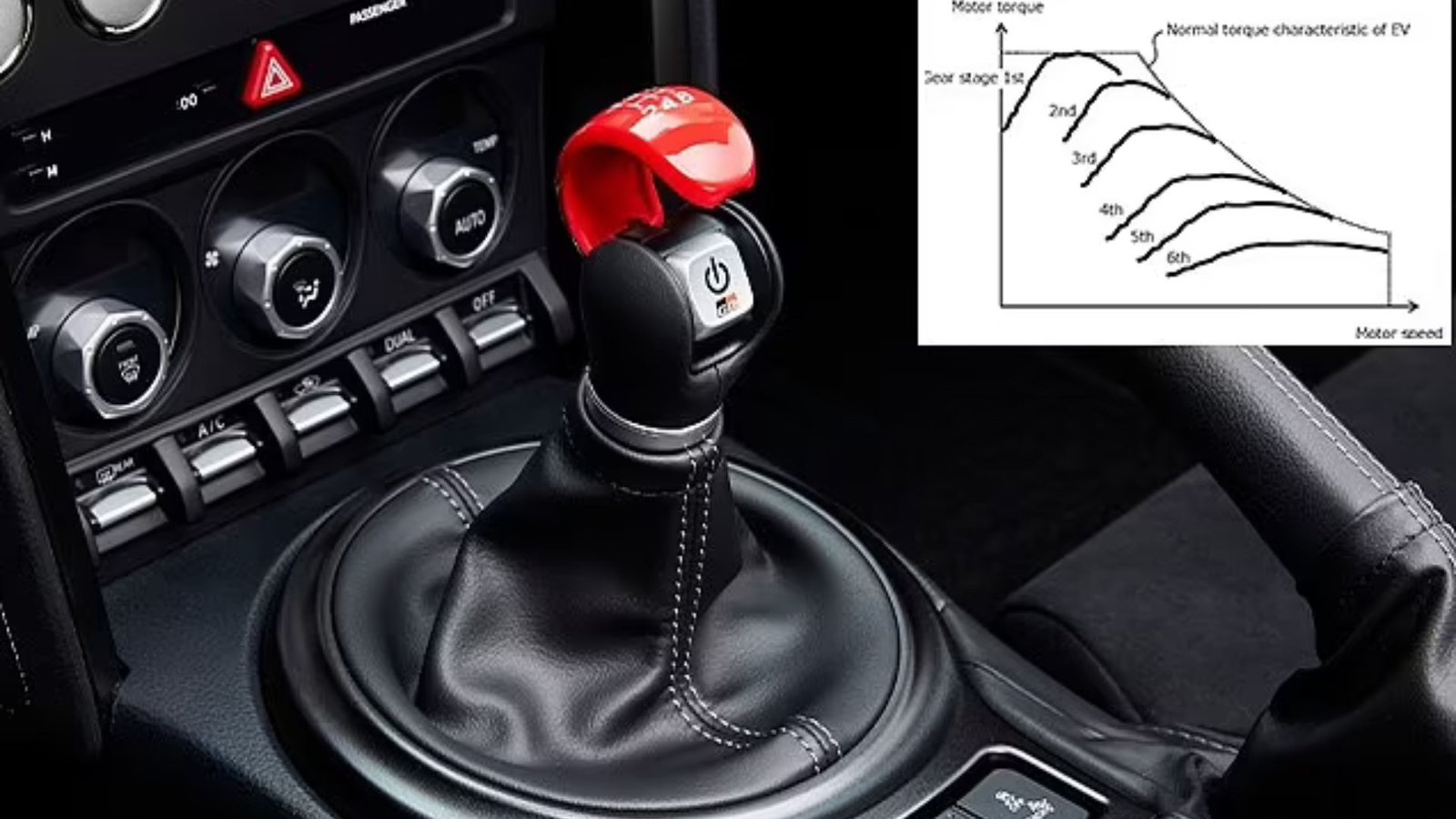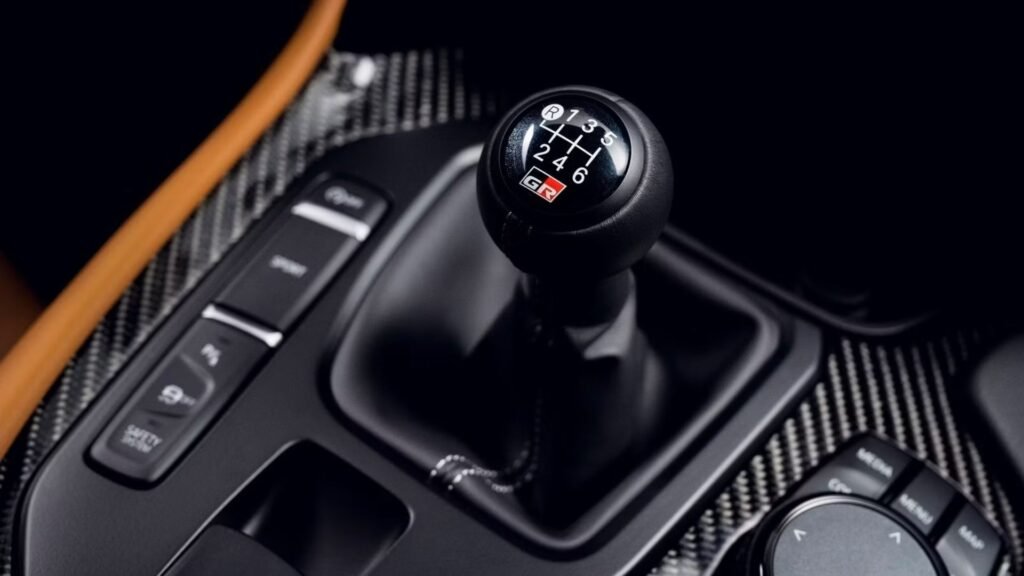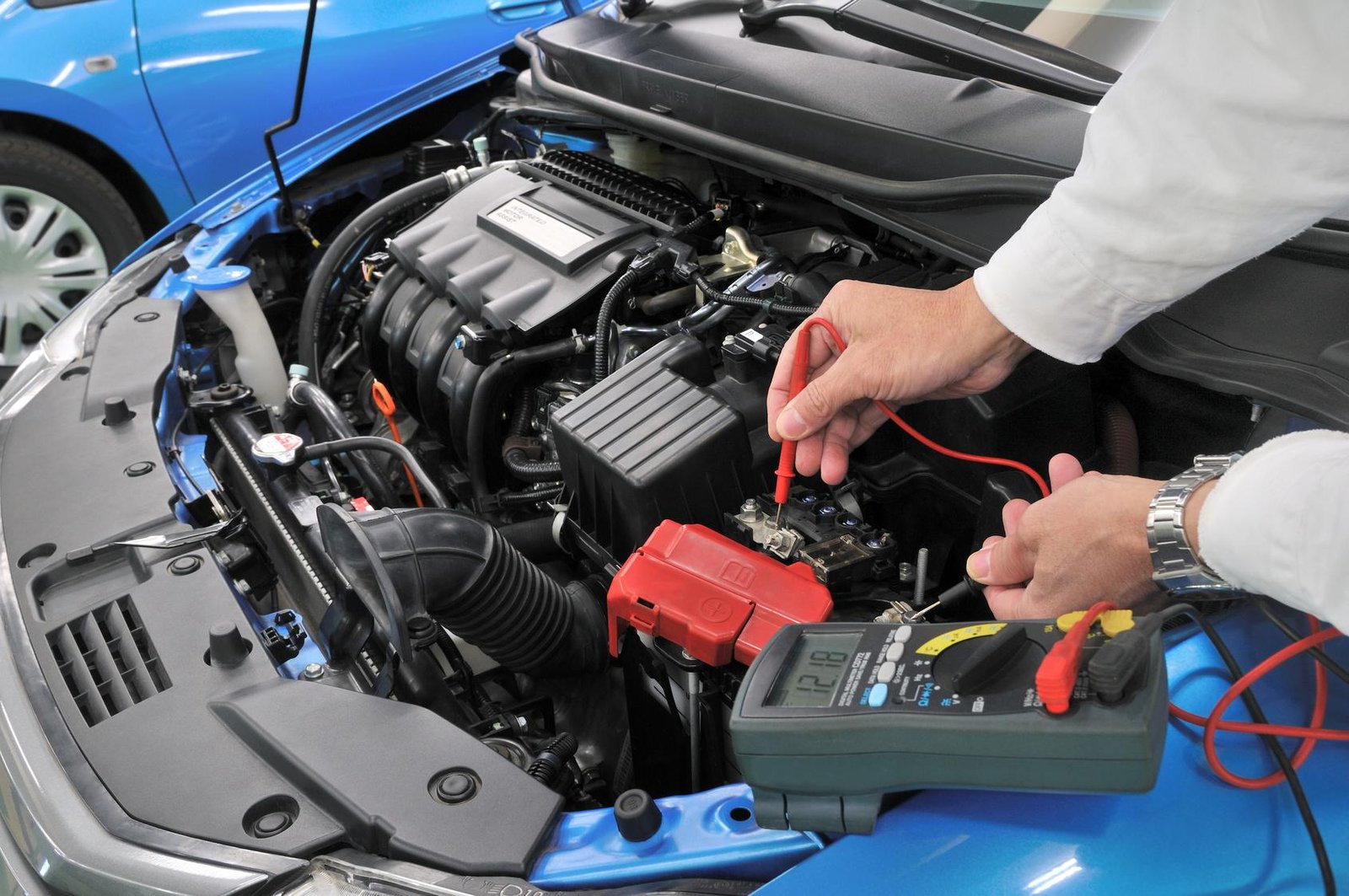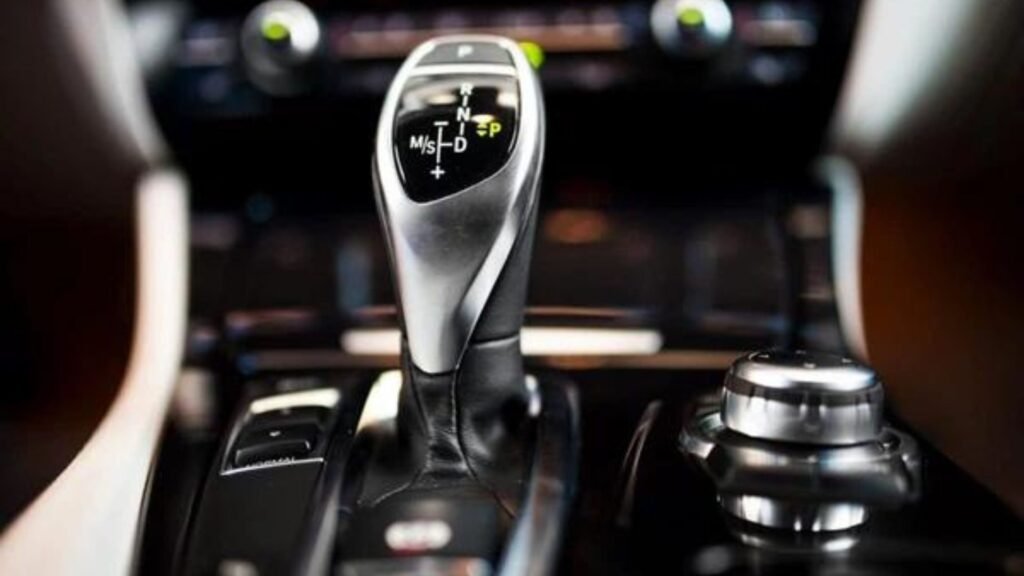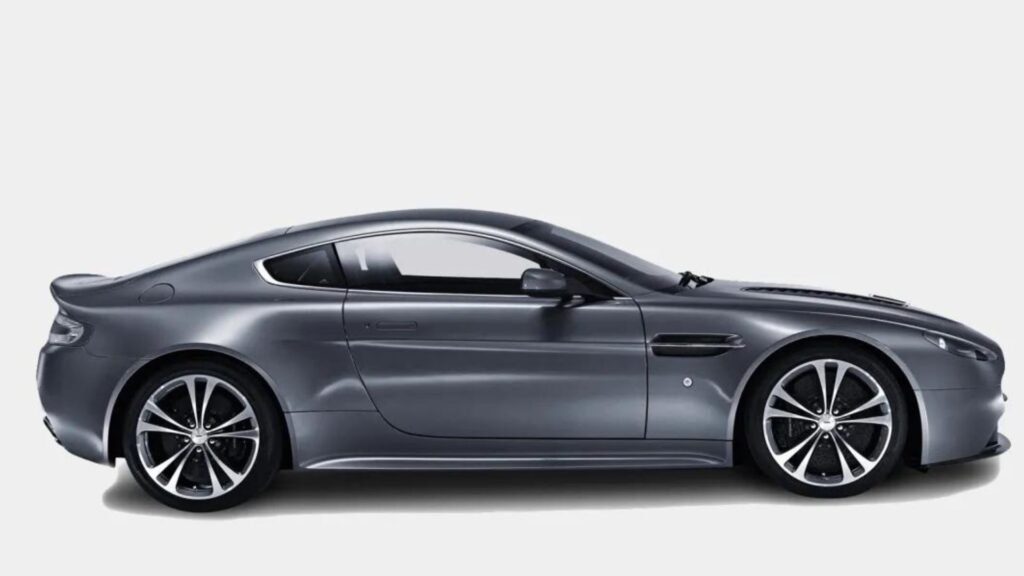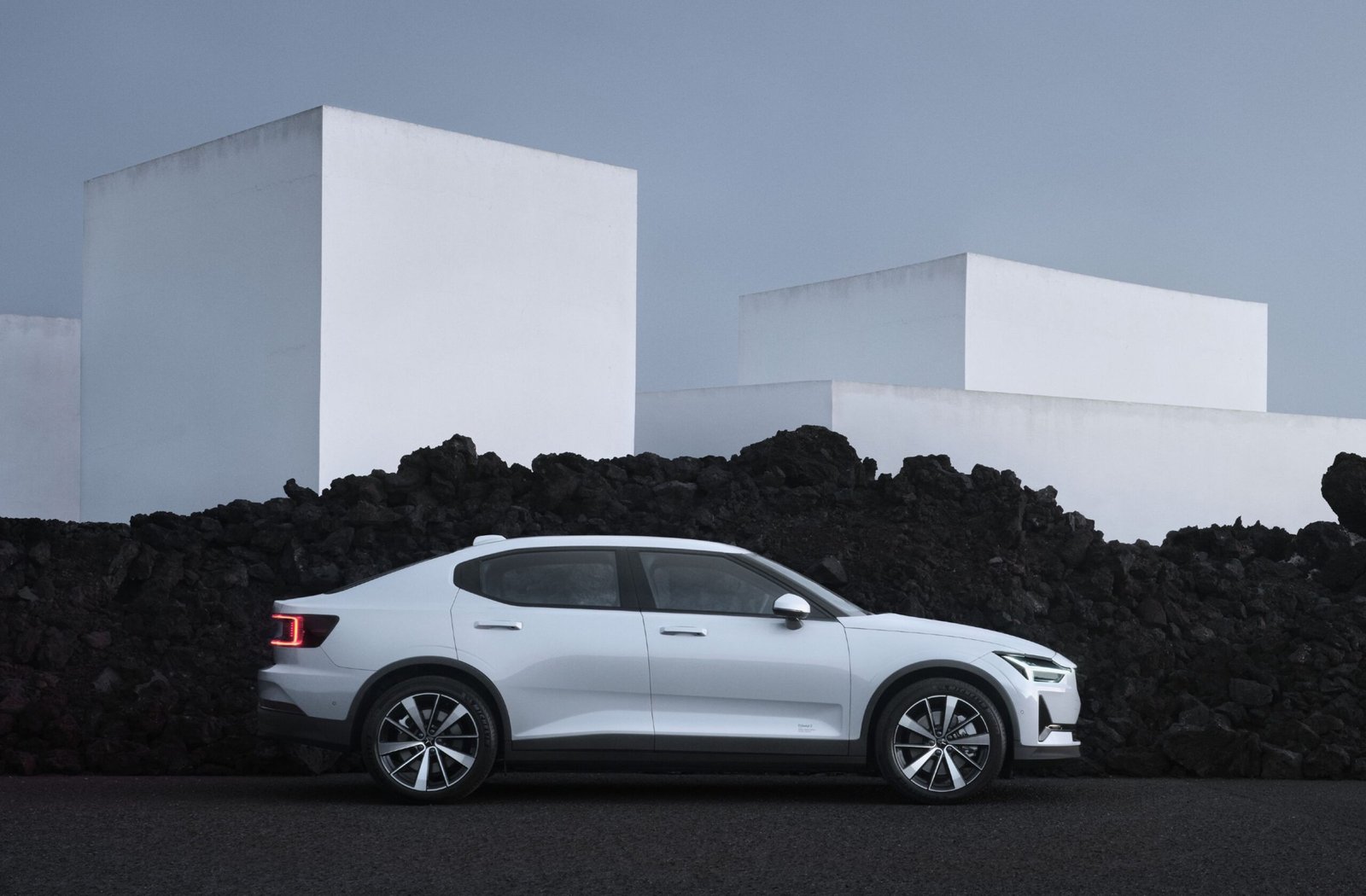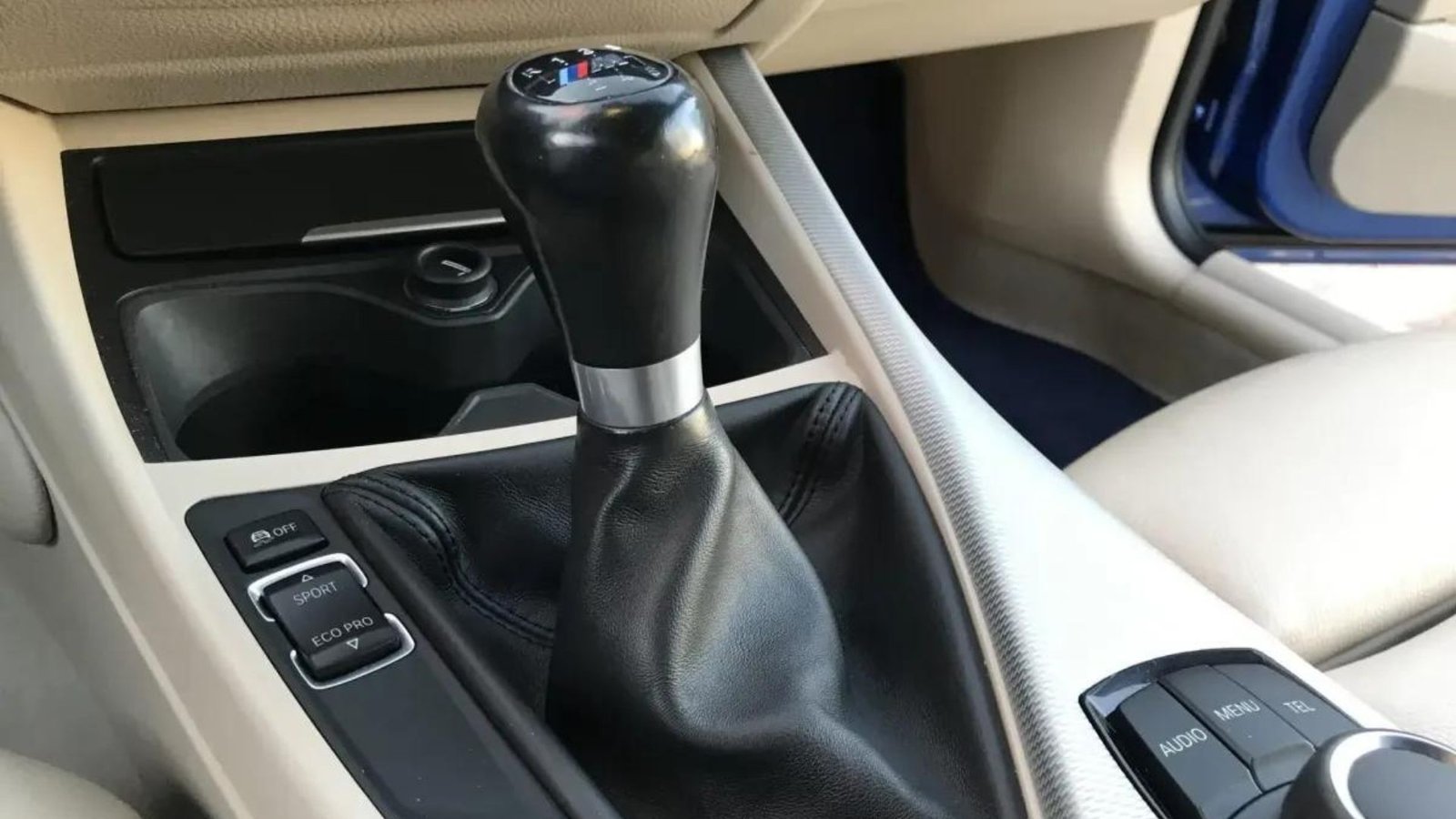Best Hybrid Cars for Long Commutes
If you spend a lot of time driving to and from work, you know how important it is to have a car that’s both comfortable and fuel-efficient. Hybrid cars are an excellent choice for long commutes because they combine the benefits of gasoline and electric power, offering great fuel economy without sacrificing performance. In this article, we’ll explore the best hybrid cars for long commutes and help you find the perfect vehicle for your needs.
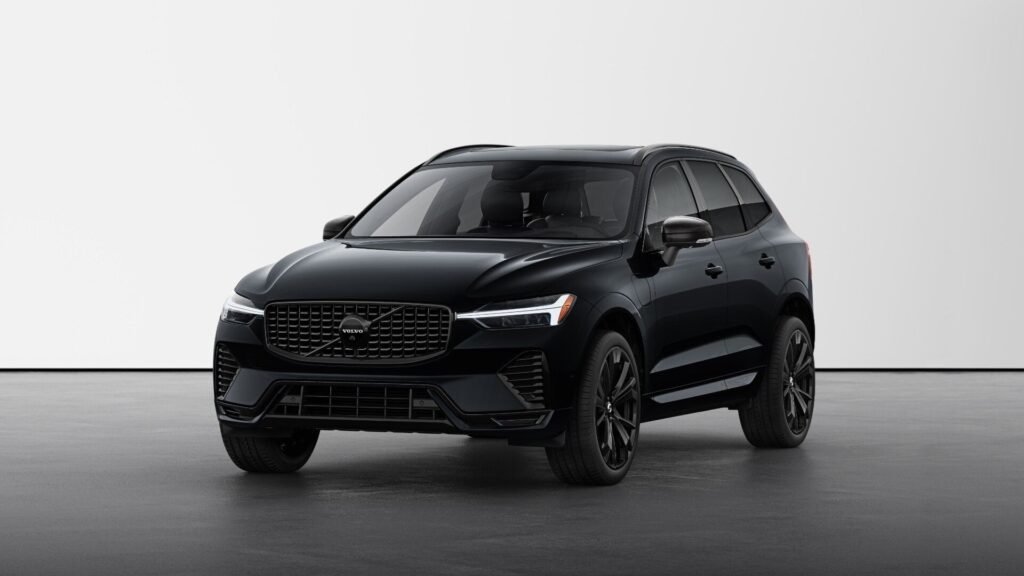
Why Choose a Hybrid Car for Long Commutes?
Before diving into our top picks, let’s talk about why hybrid cars are ideal for long commutes. First and foremost, hybrid cars for long commutes save you money on fuel. With gas prices fluctuating, having a car that uses less fuel can make a significant difference in your monthly budget. Additionally, hybrid cars often come equipped with advanced technology and comfort features that make long drives more pleasant. Finally, hybrid vehicles produce fewer emissions than traditional gasoline cars, which is great for those who are conscious about their environmental impact.
Top Hybrid Cars for Long Commutes
1. Toyota Prius
The Toyota Prius has long been a favorite among hybrid enthusiasts, and for good reason. This car is known for its outstanding fuel efficiency, with an EPA-estimated 56 miles per gallon combined. The Prius also offers a comfortable interior with plenty of legroom, making it perfect for long commutes. It’s packed with standard features like adaptive cruise control and lane-keeping assist, which help make highway driving more manageable. For those who prioritize reliability and cost savings, the Toyota Prius is one of the best hybrid cars for long commutes.
2. Honda Accord Hybrid
The Honda Accord Hybrid combines the spaciousness and comfort of a midsize sedan with impressive fuel efficiency. With an estimated 48 miles per gallon combined, the Accord Hybrid allows you to go further on each tank of gas. The Accord’s cabin is well-appointed, featuring high-quality materials and plenty of tech options, including Apple CarPlay and Android Auto. Additionally, the Accord Hybrid has a smooth ride and responsive handling, making it a joy to drive, even on longer trips. This makes it a top contender among hybrid cars for long commutes.
3. Hyundai Sonata Hybrid
The Hyundai Sonata Hybrid is another great option for those with long commutes. This stylish sedan boasts an estimated 52 miles per gallon combined, meaning fewer stops at the gas station. Inside, the Sonata Hybrid offers a quiet, comfortable ride with a spacious interior and a range of standard features like heated seats and a touchscreen infotainment system. The Sonata Hybrid also includes advanced safety features such as blind-spot monitoring and automatic emergency braking, ensuring you feel secure on your daily drive.
4. Ford Escape Hybrid
If you prefer an SUV, the Ford Escape Hybrid might be the perfect fit. This compact SUV offers a comfortable ride with plenty of space for passengers and cargo, making it a practical choice for long commutes. The Escape Hybrid delivers an impressive 41 miles per gallon combined, which is excellent for an SUV. It also comes with a host of tech features, including a user-friendly infotainment system and Ford’s Co-Pilot360 suite of safety features. With its combination of efficiency, comfort, and versatility, the Ford Escape Hybrid is one of the best hybrid cars for long commutes in the SUV category.
5. Toyota Camry Hybrid
For those who want a bit more style and performance, the Toyota Camry Hybrid is a fantastic choice. This midsize sedan offers a sporty design with an estimated 52 miles per gallon combined. The Camry Hybrid’s interior is both comfortable and spacious, with plenty of room for long journeys. It also comes equipped with Toyota’s Safety Sense suite, which includes features like pre-collision braking and adaptive cruise control. With its blend of efficiency, comfort, and style, the Toyota Camry Hybrid is perfect for long commutes.
What to Look for in a Hybrid Car for Long Commutes
When choosing a hybrid car for long commutes, there are a few key factors to consider:
1. Fuel Efficiency
The main advantage of hybrid cars is their fuel efficiency. Look for models with high miles per gallon ratings to ensure you’re getting the most out of your gas tank.
2. Comfort and Space
Long commutes require a comfortable car with enough space for you and your passengers. Make sure the car you choose has a well-appointed interior with features like comfortable seating, ample legroom, and a quiet cabin.
3. Technology and Safety Features
Modern hybrid cars come with various tech and safety features that can make your commute easier and safer. Look for features like adaptive cruise control, lane-keeping assist, and a reliable infotainment system.
4. Reliability and Maintenance Costs
When you spend a lot of time on the road, reliability is crucial. Choose a hybrid car known for its dependability and low maintenance costs to avoid unexpected expenses.
Conclusion
Finding the best hybrid cars for long commutes is all about balancing fuel efficiency, comfort, and reliability. The models mentioned in this guide offer a great mix of these qualities, making them ideal choices for anyone with a lengthy daily drive. Whether you prefer a sedan like the Toyota Prius or Honda Accord Hybrid, or an SUV like the Ford Escape Hybrid, there’s a hybrid car out there that fits your needs. Take the time to consider your options, and soon you’ll be enjoying a more efficient and enjoyable commute.
